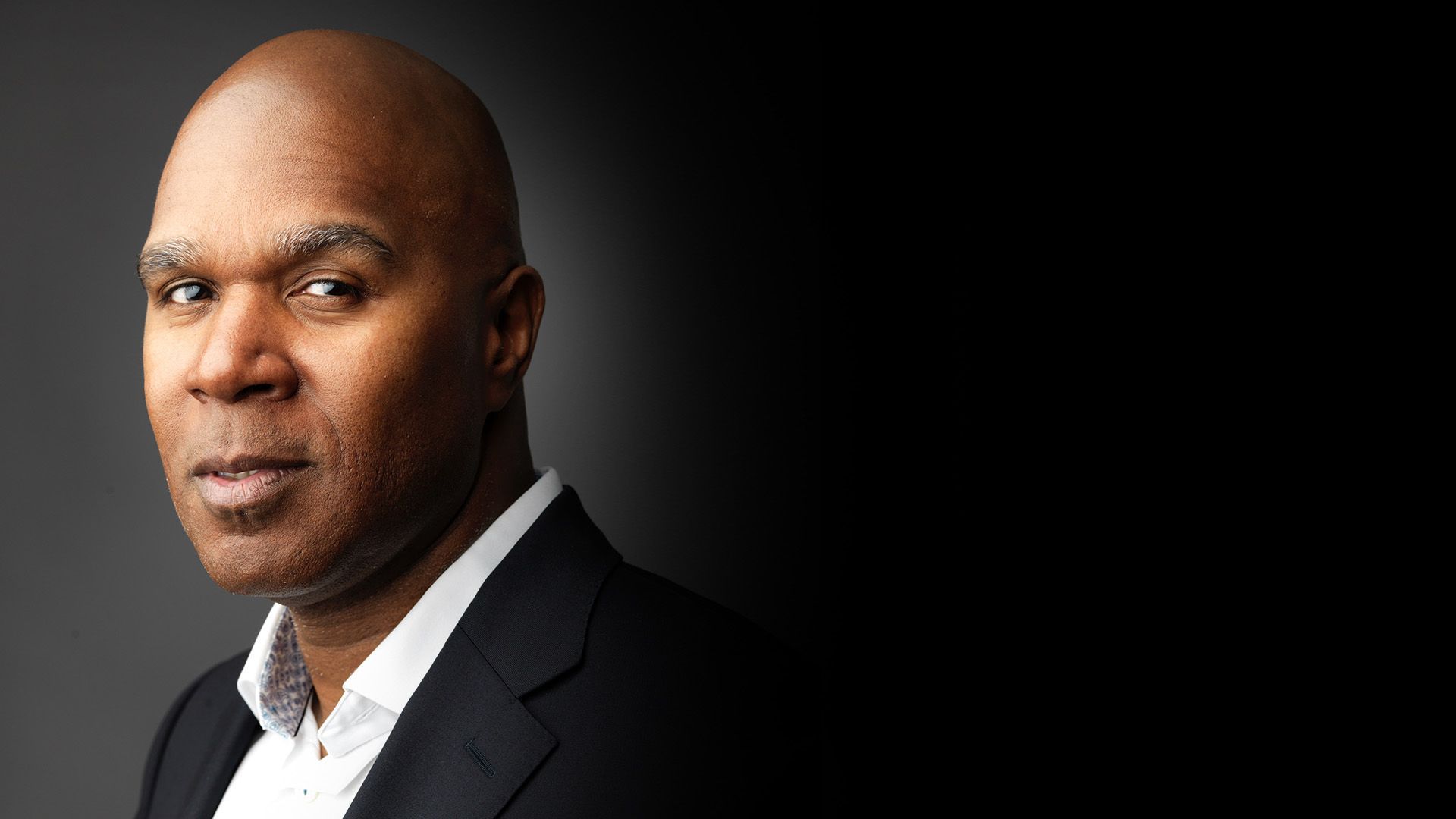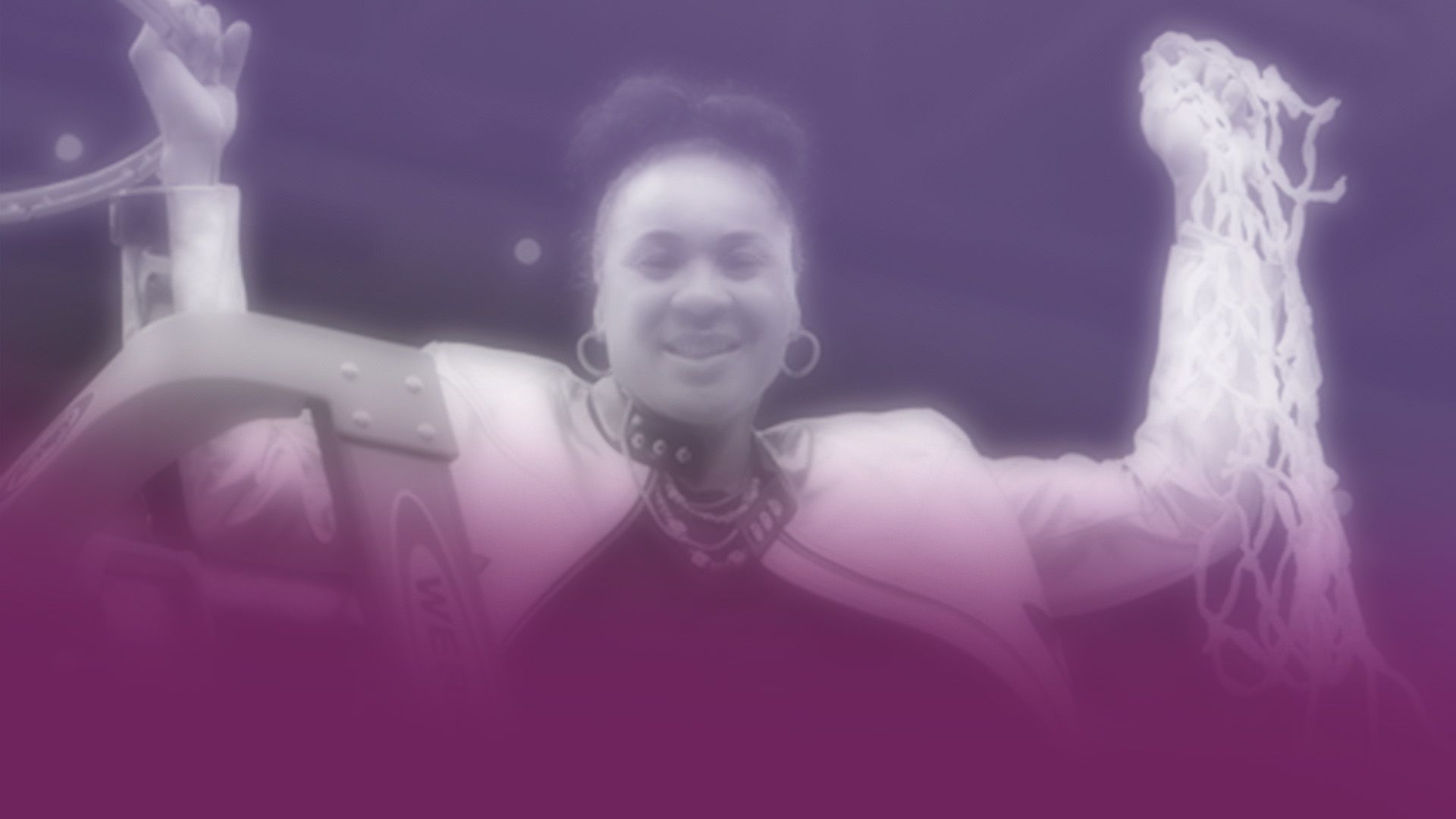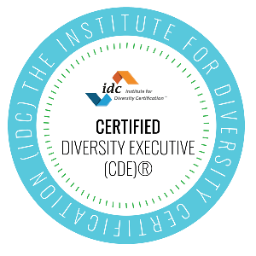How A Culture Of Conformity Can Diminish Your Organization’s DEI Goals
“If everyone jumped off a cliff would you jump too?” This priceless advice our parents gave us about staying committed to what is right and authentically true to ourselves somehow gets lost in workplace culture. If an organization conditions its employees to believe success is only capable by behaving and thinking like the majority dominant culture, diversity, equity, and inclusion are diminished. Organizations must work hard to undo this “culture of conformity.”
What is this “culture of conformity?”
Conformity is action per some specified standard or authority. Examples of conformity in today’s workplace look like: working hours expectations, dress codes, compensation guidelines, code of ethics, and timely communication. Such performance standards are essential to core values that determine hiring decisions and help to shape culture. They build continuity, avoid misunderstandings, and reduce legal issues.
Like many words, “conformity” can take on positive and negative connotations. Conformity can also be defined as “yielding to group pressures .” How easily we forget that precious advice our parents once gave us when we stop taking a skeptical point of view and disengage our personal value system to fit in or be perceived as “correct” by the majority.
The dangers of a conformist culture
When companies explicitly define standards or implicitly embed them in the culture, there are implications to an environment’s inclusivity that may be overlooked. More so, it is about how organizations arrive at those decisions, which often occurs in the absence of the consideration of the potential to compromise inclusion. Expecting people to conform to the mainstream, dominant culture is different from laying out performance expectations and company values that employees need to adhere to . Conformity can diminish the value and benefits of diversity, equity, and inclusion:
- Diminished Diversity: When organizations fail to consistently re-evaluate and re-assess their standards, deindividuation (or a form of group thinking where a loss of self-awareness manifests in those groups ; no more self-evaluation and only conforming to the group ) can occur. Various studies have proven that diversity of thought is a tremendous asset for establishing a competitive advantage and realizing successful team and organizational performance outcomes.
- Diminished Equity:
It is dis-empowering and can cause employees (particularly those in underrepresented populations) to feel that success is not in reach unless they diminish portions of their whole self/identity. Any individual who perceives group opportunities and outcomes as biased against himself is likely to become disillusioned and leave the group. Standards can certainly be tailored to unique employee needs, ensuring that everyone achieves a level playing field.
- Diminished Inclusion: If standards in place condition employees to think that success is only achieved by behaving and thinking like the majority dominant culture, this can lead to a lack of authenticity. When employees have to conceal their true selves, it can feel demeaning, exhausting and lead to low self-esteem and disengagement. Values and standards are crucial to the efficiency of an organization. Still, they must be questioned and examined to ensure employees feel authentic, creative, and a sense of belongingness, which will lead to creativity, retention, and ultimately drive the business forward.
It is important for organizations that wish to be exemplary in their efforts to foster a culture of authenticity and belonging to be aware of these implications. Organizations should exercise intentionality to avoid organizational values and standards from unintentionally jeopardizing employees’ psychological safety of showing up authentically.
How to reverse a culture of conformity
- Establish and emphasize a culture of speaking up:
Stress the value of diversity of thought and encourage employees to challenge the status quo courageously but respectfully. A conformist culture causes us to exclude new ideas and compromise innovation opportunities in systems, processes, and new product/service offerings.
- Always be a skeptic:
It is important to pull yourself out of your organization and regularly assess your organization’s standards. Ask yourself:
“
Is our culture defined by standards or norms that compromise inclusion?
”
Consider how in place values and standards
may regulate
how someone physically shows up. Prioritize fixing any exclusionary standards and be forthright with communicating the distinctions between values and standards to support a diverse workforce with good representation across different diversity dimensions.
- Minimize masking in the workplace:
In a previous blog entry, NWC discusses how masking can be detrimental to D&I (
Masking In The Workplace and How It Can Be Detrimental To D&i – Nika White Consulting
). Masking, or covering, is the practice of people feeling as though they
can’t
show up fully as themselves—personally or
professionally. It is important to create a culture of acceptance. When stakeholders place a high value on belongingness and authenticity, this usually results in an inclusive workplace.
Conclusion
Organizations committed to diversity, equity, and inclusion cannot take a half-hearted approach. Norms function to provide order and predictability to workplaces, but they can also create unsafe environments.
When transforming workplace culture, hard truths must be addressed. “We’ve always done it this way” is no longer an acceptable answer when radical change is the goal.
What are you, your team, your leadership, and your organization doing to ensure the dangers of culture conformity are addressed?
